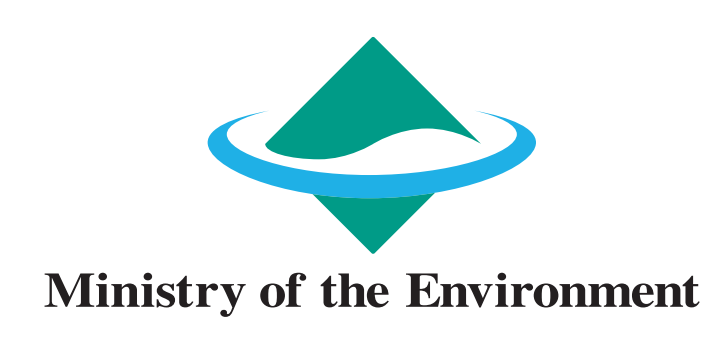RCE Greater Western Sydney - 2021
Location
Australia
See map: Google Maps
AU
Hawkesbury-Nepean Riverkeeper Waterkeeper Alliance
Region:
Asia-Pacific
Country:
Australia
Location(s):
Western Sydney
Address of focal point institution for project:
Locked Bag 1797, Penrith, NSW, 2751
Ecosystem(s):
Description of sustainable development challenge(s) in the area the project addresses:
The Hawkesbury Nepean River is the largest river in the Sydney Basin. It supplies drinking water to over four million people. It is bounded by agricultural, urban, rural-urban residential developments. It is a popular recreational area for boating, fishing and water skiing. It is also an important swimming destination for people seeking relief from increasing summer heat extremes in Western Sydney. There are a number of specific threats to the Hawkesbury Nepean River including increasing urbanisation, outflows from sewage treatment plants, degradation of riparian vegetation and extensive agricultural activity.
Status:
Ongoing
Rationale:
Unlike other rivers in Sydney (e.g. The Georges River, Parramatta River) there is currently no coordinated approach to the monitoring, assessment and project works currently being undertaken in the river. This project aims to build an alliance and community voice for the Hawkesbury-Nepean River. The Alliance was established in 2011 as an RCE project, but has been dormant for some time. This program is the revitilization of the Alliance and the reestablishment of a community voice for the river.
Objectives:
The Hawkesbury-Nepean Riverkeeper Waterkeeper Alliance (HNRWA) will improve the knowledge of the stakeholders of the River. The Riverkeeper Alliance will be in a position to not only provide concerned members of the public with a point of contact but also be in a position to liaise with members of industry and community stakeholders in an effort adopt an effective and coordinated strategy to protect and improve river health. The Riverkeeper alliance will be a change champion for the River. They will maintain and manage collaborative projects with community, government and research organisations. The Alliance will play an advocacy and educational role. The role of the Riverkeeper Alliance will provide independent and scientifically informed monitoring of river health and assist with community-based responses and remediation.
Activities and/or practices employed:
Our new activities include - the collection of data along the River and hosting community training days. Specifically, WSU researchers, staff and students, as well as Streamwatch and Greater Sydney Landcare volunteers and members of the community, participated in a hands-on microplastic workshop called 'Hawkesbury-Nepean Riverkeeper Community Day' on World Environment Day (June 5). The aim was to explore the impacts of microplastics as an emerging pollutant on freshwater systems. The findings will inform the first 'report card' on the waterway to be released early next year. We have also undertaken citizen science training in platypus eDNA sampling with Cattia Hills Environment Network - including local community members and WSU students - to detect the presence of platypus in our urban river systems.
Size of academic audience:
50
Results:
Both events engaged a wide range of community members along the River, and both gained media attention increasing the visibility of our work in this space. Spefically we found the presence of microplastics in the sediments along Windsor beach (approx 6 pieces per gram of sediment), and the group found evidence of platypus habitation in the local streams and creeks, giving credibility to years of anecdotal reported sightings from members of the community. Our platypus project is being scaled up and sampling is underway in further reaches of the Hawkesbury-Nepean River across two Local Government Areas with funds secured. Our working group was also successful in securing a small local community grant to undertake further training day activities, a ‘River Health’ report card with first nations languages, and improve our website for accessible educational materials on the River.
Lessons learned:
By providing citizen scientists the opportunity to take ownership in collecting data and contributing to the project, it has empowered the community to connect with and become advocates for the conservation and protection of their waterways. Working collaboratively at a grass-roots level on improving the river health gives individuals a sense of ownership of the river, and that issues faced by the river are their issues.
Relationship to other RCE activities:
We have begun talks with colleagues connected to RCE Kuching about a possible microplastic project.
Pictures:
| File Name | Caption for picture | Photo Credit |
|---|---|---|
|
|
A platypus spotted swimming/foraging in the Hawkesbury-Nepean River at Yarraumundi in the upper Catchment. | Dr Michelle Ryan, Western Sydney University |
(https://sustainabledevelopment.un.org/sdgs) and other themes of Education for Sustainable Development (ESD)
SDG 4 - Ensure inclusive and equitable quality education and promote lifelong learning opportunities for all
Direct
SDG 6 - Ensure availability and sustainable management of water and sanitation for all
Indirect
SDG 14 - Conserve and sustainably use the oceans, seas and marine resources for sustainable development
Indirect
SDG 15 - Protect, restore and promote sustainable use of terrestrial ecosystems, sustainably manage forests, combat desertification and halt and reverse land degradation, and halt biodiversity loss
Direct
SDG 17 - Strengthen the means of implementation and revitalise the global partnership for sustainable development
Indirect
Plants & Animals
Direct
Priority Action Area 1 - Advancing policy
state:
Indirect
Priority Action Area 2 - Transforming learning and training environments
state:
Direct
Priority Action Area 3 - Developing capacities of educators and trainers
state:
Direct
Update:
Yes


